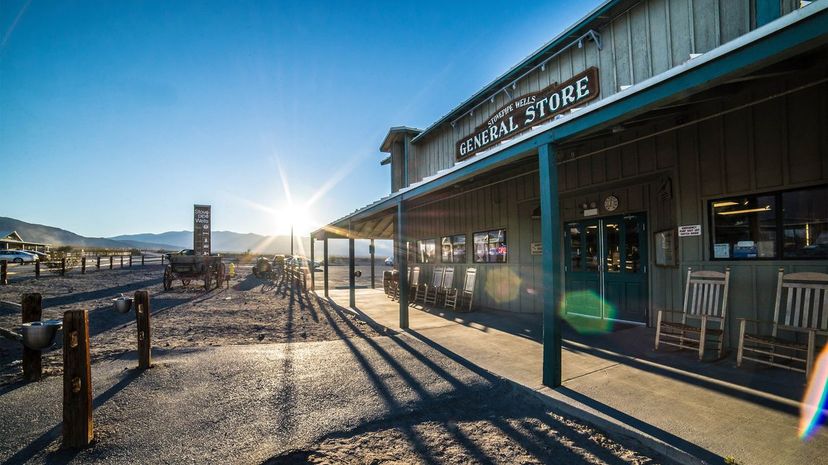
About This Quiz
Baby Boomers, those born between 1946 and 1964, were part of an enormous cultural and lifestyle shift that changed America forever. When the first members of this generation were born, half of the population lived in rural areas. By the time the last Boomers were born in the mid-'60s, two out of three Americans had moved to the big city. While this shift was certainly significant, it still left more than 30 percent of the people living way out in the sticks, without the access to downtown shopping centers that dominated urban life. Farm families could order from the Sears catalog and receive their goods in a few weeks or months, but when they needed something sooner, they typically headed to the local general store.
Sprinkled across rural areas all over the United States, the classic general store was the precursor to the modern convenience or dollar store. It was here that families could pick up canned goods and candy, tractor parts and tools, clothing and footwear, or even toys, books and records. Even more than a spot to shop however, general stores served as a community center, often housing the local post office and allowing folks to gather around a wood stove to swap news and gossip. By the time the last Boomers were born in the mid-'60s, these stores had largely been phased out by more specialized retailers, though a few hung on through the 21st century, serving as museums to the past. Think you can name common items that were found in the general stores of the Baby Boomers' younger days? Prove it with this quiz!
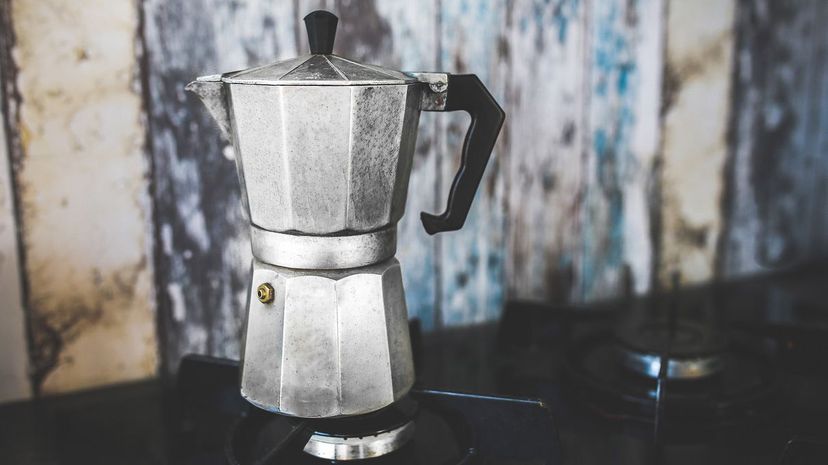
Before drip coffee became the norm in the '70s, most folks brewed that morning cuppa Joe in a percolator. Sunbeam's stylish Coffeemaster, which featured an hourglass figure and shiny chrome finish, was one of the top sellers of the '40s and '50s.
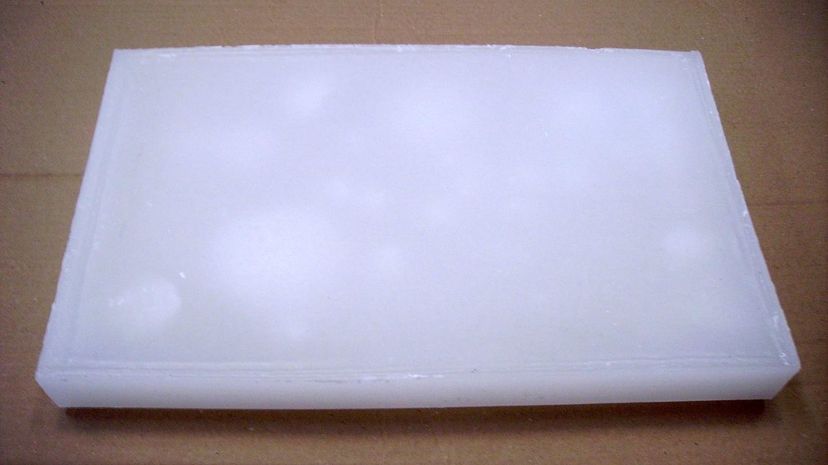
Paraffin wax is still found on store shelves, but it was a necessity for general stores. Used in everything from lotions to candle making, it was most commonly purchased for home canning. Melted in a double boiler, it was used to seal the jars and keep food safe and fresh during storage.
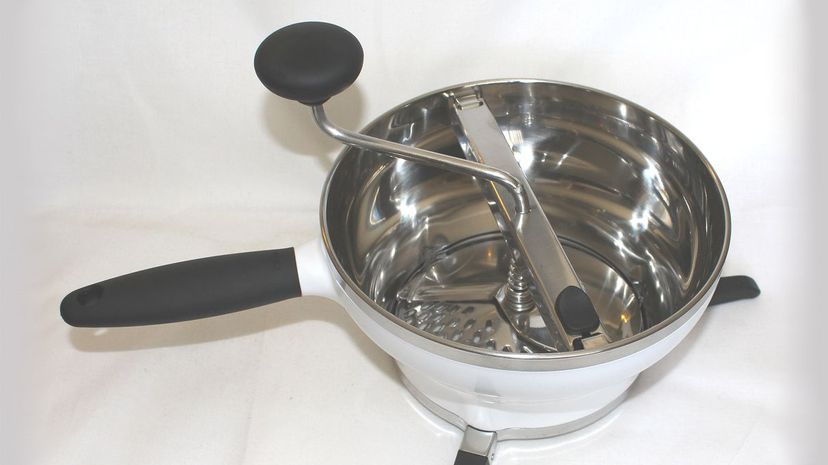
Sure, blenders and food processors existed back when Boomers were younger, but remember that many rural homes were not equipped with electricity in the '40s and even into the '50s. Instead, families processed and pureed food by hand using a food mill like the one pictured, which was used to make everything from baby food to applesauce.
Advertisement
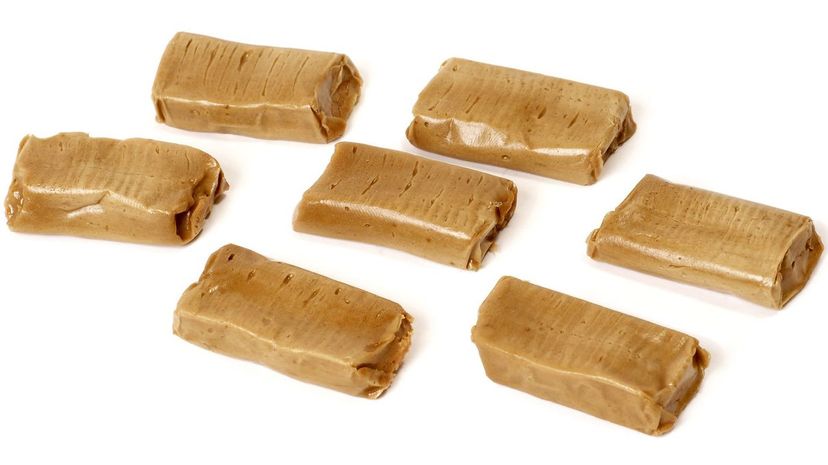
Named for a classic comic character, Mary Janes are classic chews made from a mouth-watering mix of molasses and peanut butter. Young Boomers often topped off their bags of penny candy with other general store favorites, including Charleston Chews, Necco Wafers, Razzles, Tootsie Rolls and Sugar Babies.
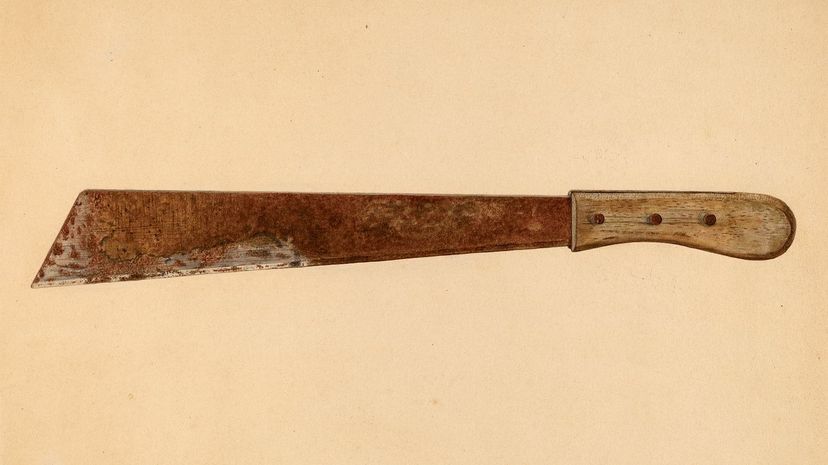
Modern farms use massive combines to harvest corn by the bushel, but this technology wasn't available back in the day. Boomers who grew up on farms might remember using a hand tool known as a corn knife, which sometimes features a hooked blade for chopping through tough stalks.
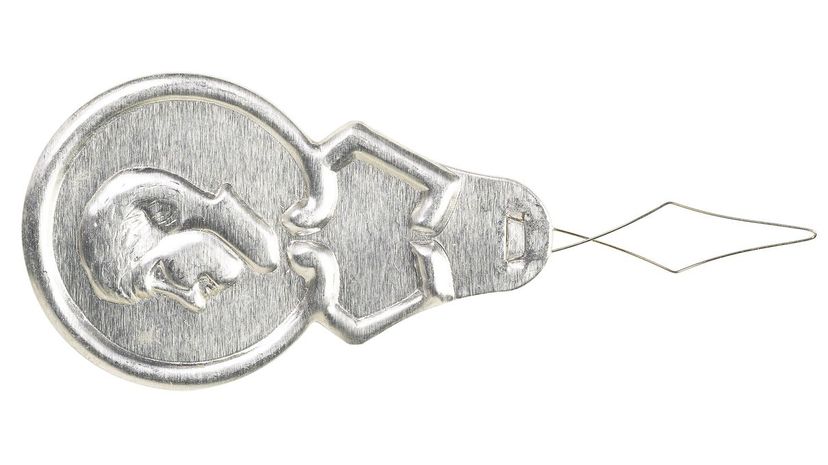
This simple tool is a needle threader, and it could be found next to the buttons, ribbons and other sewing gizmos on the shelves of every general store. Made of a diamond-shaped wire attached to a tin plate, it allowed housewives to easily pull thread through the smallest needle eye in the days when sewing was all the rage.
Advertisement
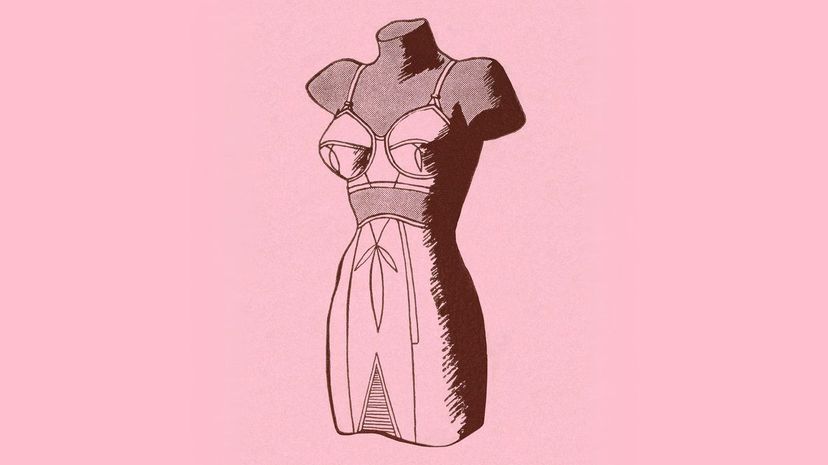
Women's undergarments have a long, complicated history, but by the time the Boomers were born in the '40s, the classic corset of the past had been replaced by the much more forgiving girdle. Girdles could be found alongside other basic undergarments at most well-stocked general stores of the period.
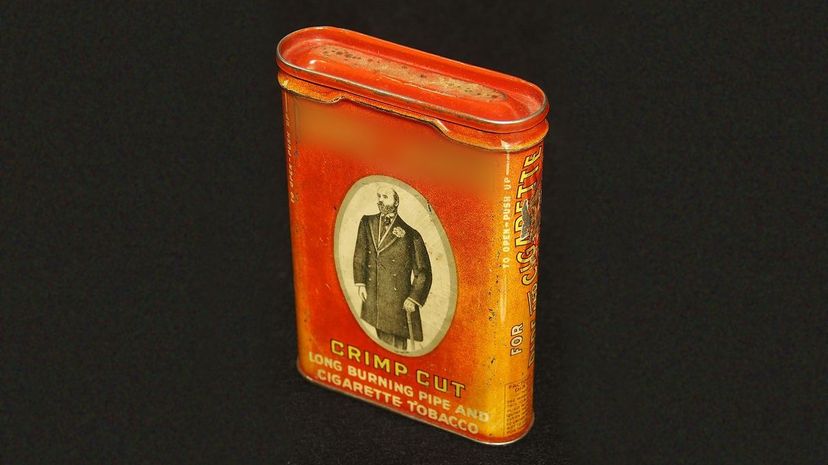
Introduced in 1907, Prince Albert tobacco was named after British royal Edward VII, who was King of England from 1901 through 1910 and who was christened Albert Edward in 1842. Sold in general stores all over the country, cans of Prince Albert were popular among pipe smokers, and later became the subject of a common prank phone call.
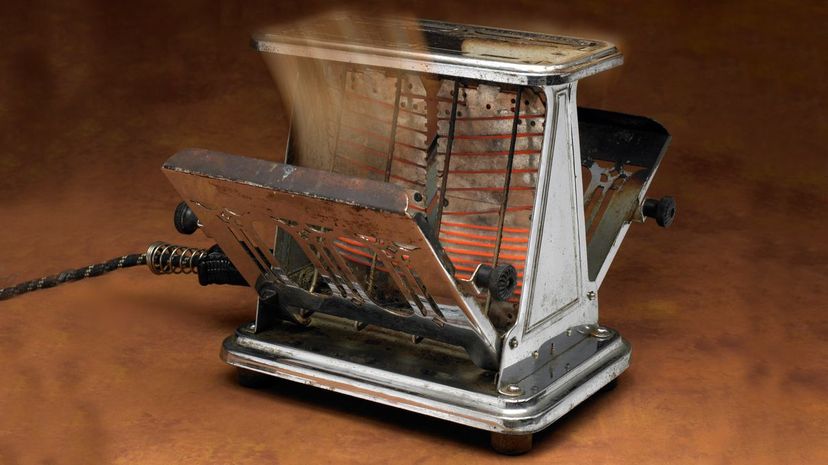
Electric toasters have been around since the start of the 1900s, but the models Baby Boomers used as kids don't resemble the models you see today. Most standard toasters of the '40s and '50s had drop-down doors on each side so you could pop in the bread. It was only expensive models like the classic Sunbeam Radiant Control that featured the standard slots you're used to seeing in modern times.
Advertisement
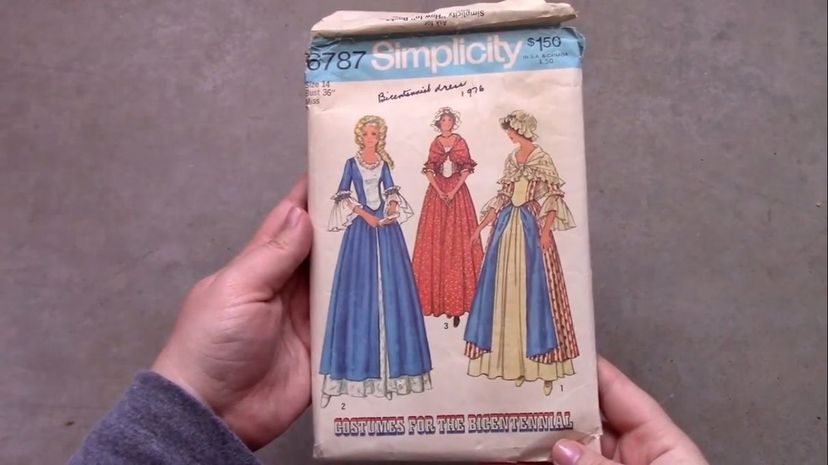
After the rationing and scarcity of WWII, Americans were ready to dive back into fashion by the mid-'40s. Housewives used paper patterns sold by Simplicity, McCalls and other makers to create clothing for themselves and their families at home.
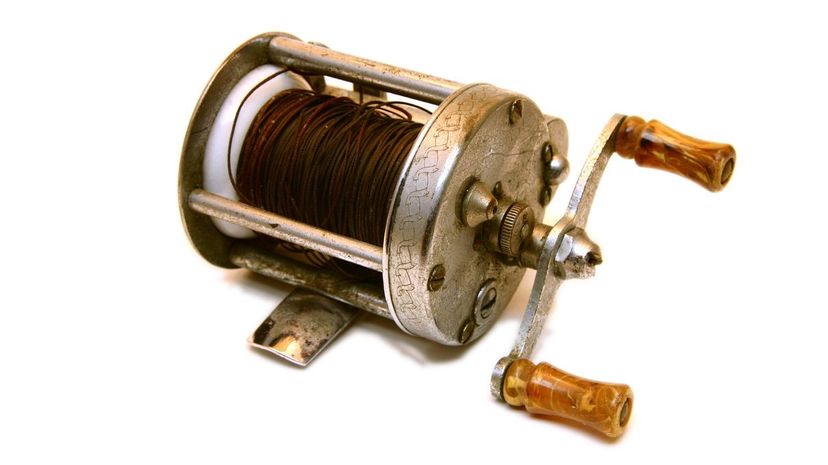
While folks have been dropping a line into the local fishing hole for centuries, it wasn't until the '40s that spinning reels were introduced. Their popularity exploded in the '50s, with models by Luxor and Penn flying off general store shelves.
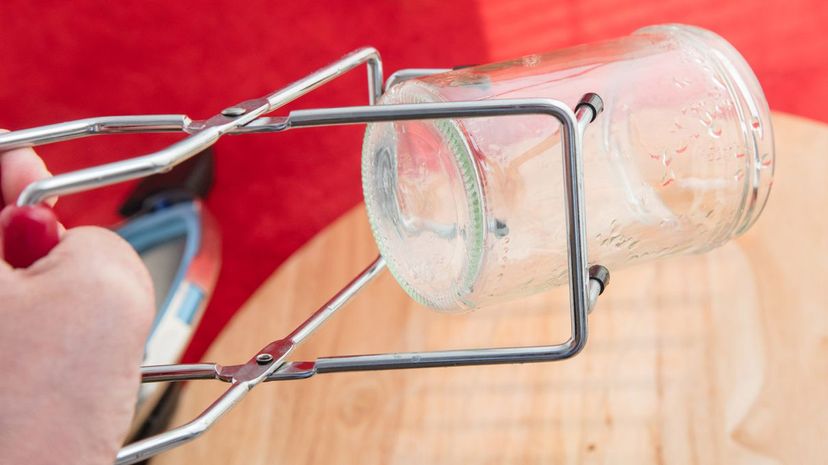
Boiling canning jars in scalding hot water was a critical part of the food preservation process back in the day. Before starting the process, families could head to the local general store and pick up a canning jar lifter, which was used to quickly and safely remove jars with less risk of singed digits.
Advertisement

Coca-Cola has been around since the 1800s, but it didn't get its classic hourglass bottle design until 1915. In the '40s and '50s, general stores in the U.S. mostly sold glass bottles of Coke in the standard 10 oz serving size of the time.
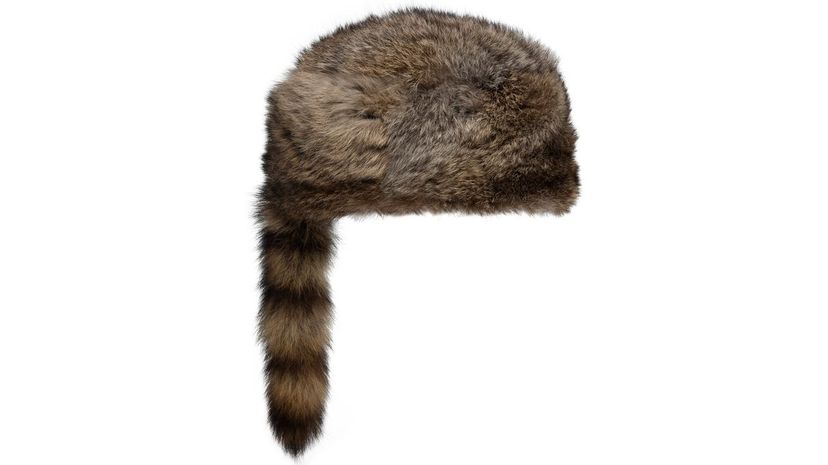
Actor Fess Parker donned a coonskin cap while playing folk hero Davy Crockett on TV in the '50s. The caps became so popular that the Smithsonian estimates that stores were selling 5,000 a day at certain points during the decade. Parker's original cap, made from a real raccoon, is part of the collection of the Smithsonian's National Museum of American History.
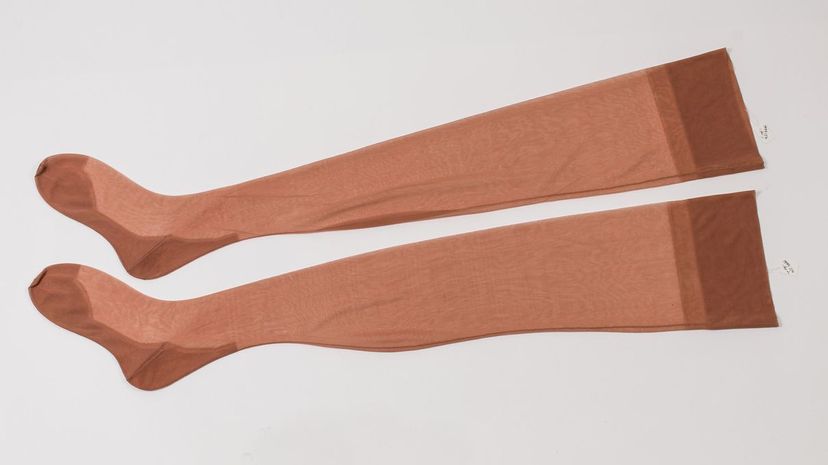
Fed up with caring for silk stockings, women were quick to embrace a synthetic version made with nylon when it hit stores in the '40s. Nylon stockings were the norm all the way through the late '50s, when the introduction of pantyhose gave women additional undergarment options.
Advertisement
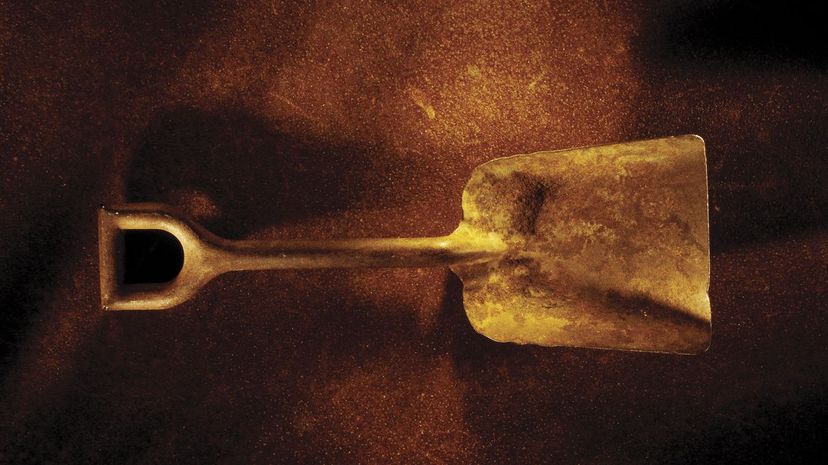
When the first Boomers were born in the '40s, a third of U.S. homes still didn't have flush toilets, according to the Lawrence Berkeley National Laboratory. Fortunately, general stores carried plenty of shovels, which were perfect for digging a pit to collect waste from the family outhouse.
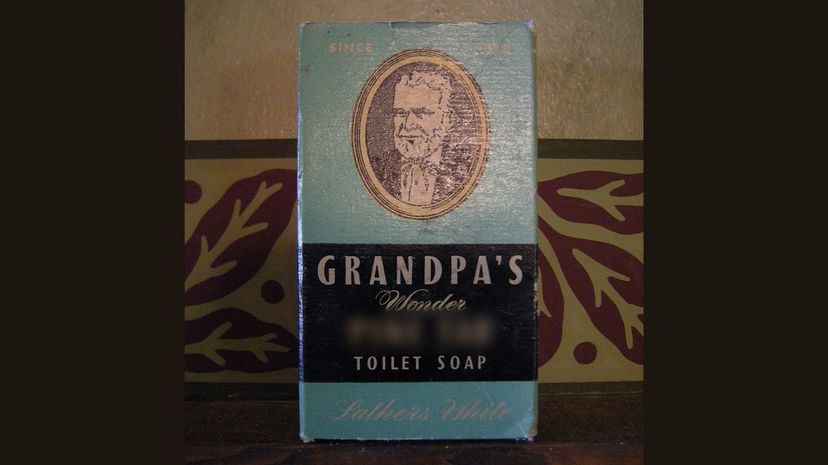
If you've ever stepped foot into a general store, you've likely come across pine tar soap. Made from carbonized pine tar, this dark-colored bar promised to treat almost any skin ailment. The iconic Grandpa brand has dominated the market since 1878.
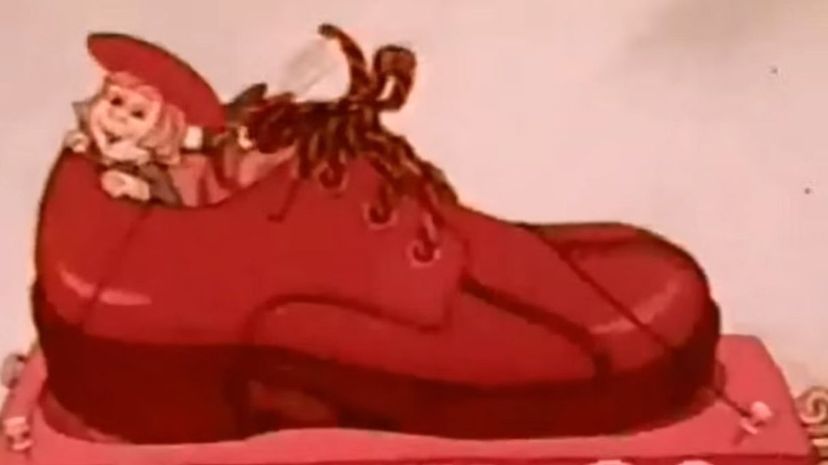
Buster Brown was a simple comic strip character in the early 20th century when he was picked as the advertising icon of the Brown Shoe Company. For decades, the company's classic kid's oxfords were referred to as Buster Browns, while strappy girls shoes were named for for Buster's best gal, Mary Jane.
Advertisement
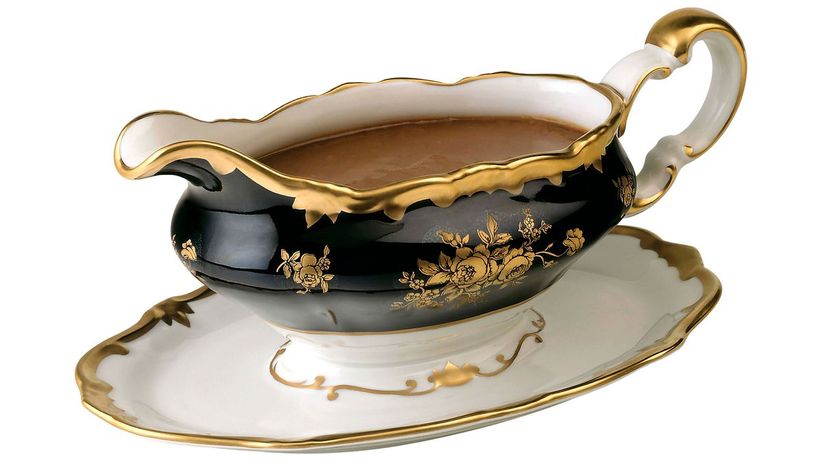
General stores sold plenty of crockery, including gravy boats like this one. If you're a Baby Boomer or know someone who is, you may be familiar with the Golden Wheat crockery design. A dish or serving item with the Golden Wheat design was included with sales of DUZ detergent from the late '40s through the mid-'60s, so many families had at least a few pieces in this style.
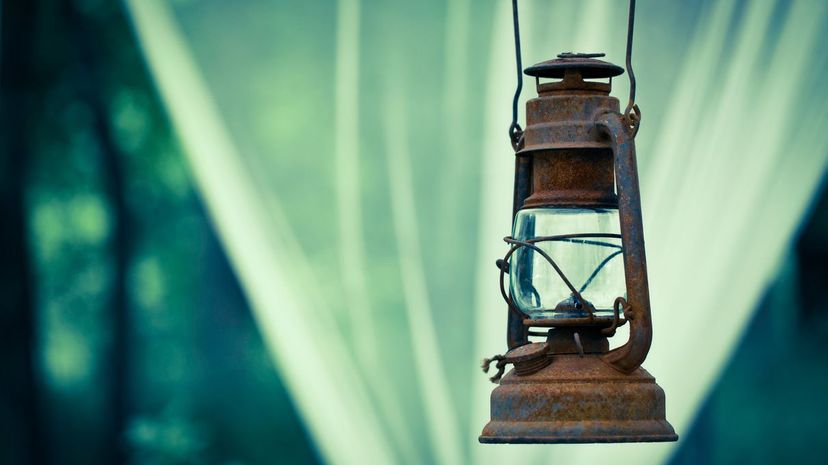
When the first Baby Boomers were born in the mid-'40s, only about a third of U.S. farms had electricity. Fortunately, general stores sold plenty of kerosene lamps, which threw off just enough light for kids to milk the cows or feed the chickens on a cold winter night.

Yes, even folks living out in rural areas were eager readers, though many lacked easy access to big-city bookstores. Titles released during the '40s and '50s include "On the Road," "The Lord of the Rings," "The Catcher in the Rye" and the children's classic "Goodnight Moon."
Advertisement
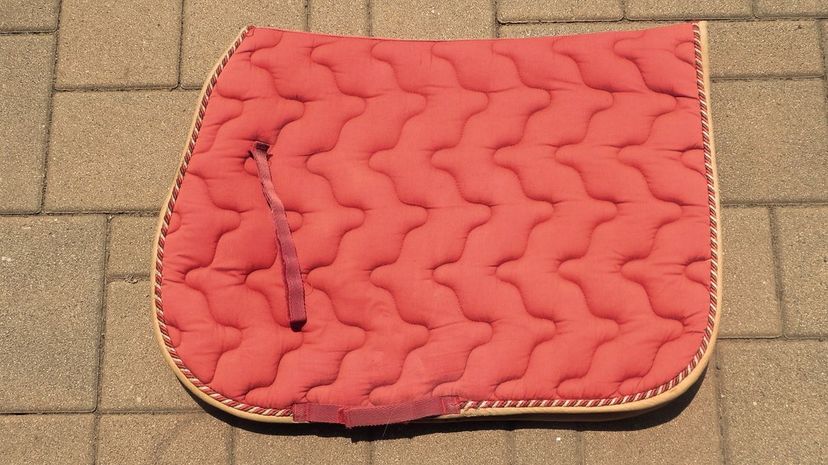
A large number of people still lived in rural areas and on farms back in the early to mid-20th century. They needed plenty of riding tack for horses, including bits, reins, stirrups, saddles and saddle pads like the one shown here.
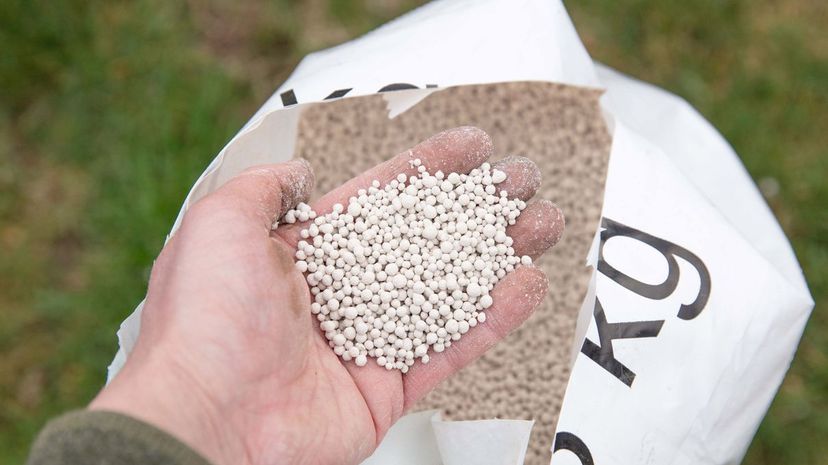
The U.S. had huge nitrogen plants with nothing to do after WWII ended and explosives weren't being made in large numbers. These plants switched to producing nitrogen pellets, which were hugely popular with farmers and remained the most common form of fertilizer until a gaseous version replaced pellets in the '60s.
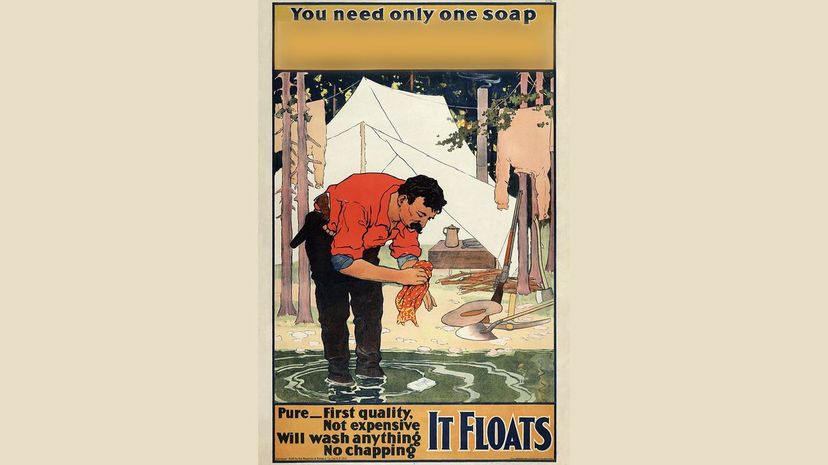
A century ago, folks washed with castile soap or bars made from pine or coal tar. Touted for its purity and for its unusual ability to float, Ivory soap became a favorite among the post-war crowd. While stocking up on soap, the parents of young Baby Boomers might also pick up some Tide laundry detergent, which came out in 1946.
Advertisement
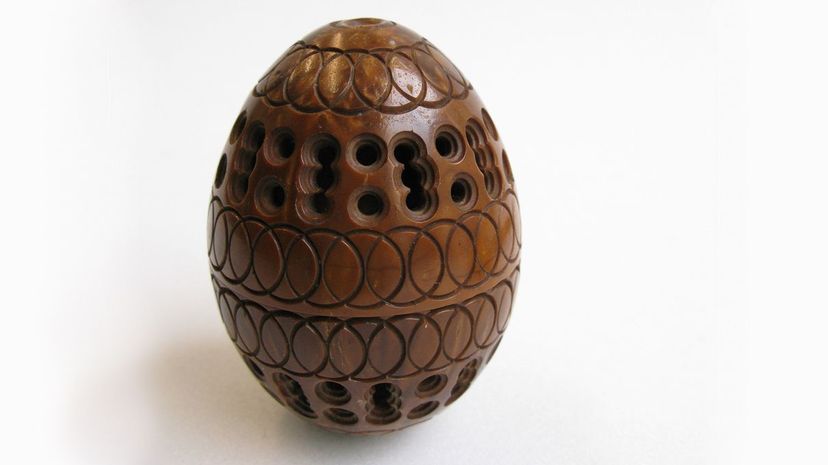
Parents who remembered the Great Depression and the austerity of the war years wouldn't throw away perfectly good socks because of a small hole. Instead, they used a simple tool called a darning egg to hold the material in place while they stitched it back together with needle and thread.

The Baby Boom of the post-war years meant young families, plenty of kids and lots of messes to clean up. It's no surprise that vacuum sales were huge during this time. More than 2 million Hoover Model 28 units sold between 1946 and 1950. The Bakelite beauty with the built-in headlight is so iconic that there's one in the Smithsonian's American History collection.
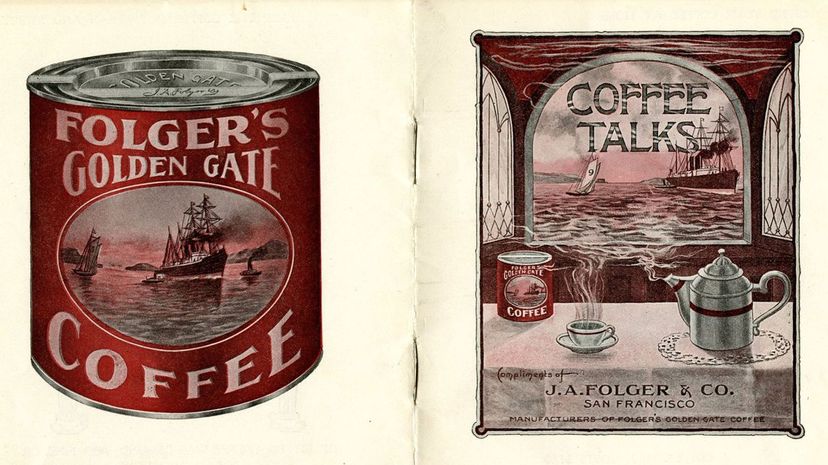
After the government equipped U.S. soldiers with instant coffee during WWII, the concept became a huge hit back home. If you swung by the local general store for a can of Folgers, you had better make sure it came with a key. Special keys sold with each can had to be twisted tightly to spring the lid loose and reveal the caffeinated goodness hidden within.
Advertisement
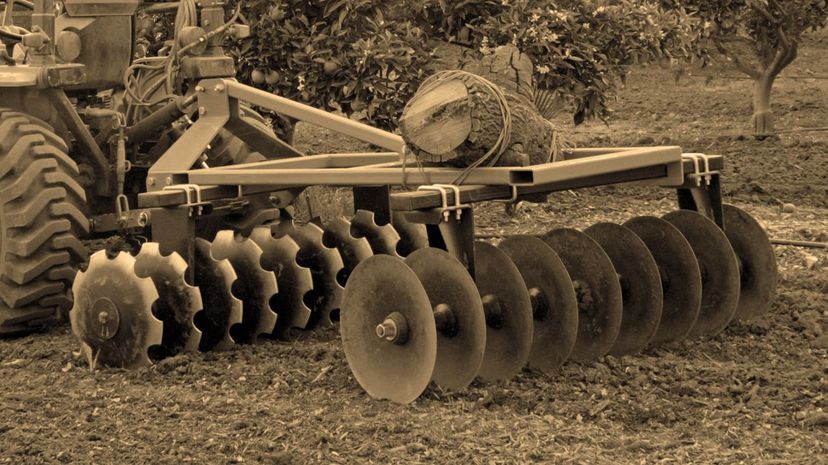
This tough-looking tool is a harrow, and was designed to be pulled behind a tractor to cultivate the ground. Tractors were everywhere in the days of the Boomers' youth, with 1951 being the peak year for U.S. tractor production. General stores of the time sold everything farmers needed to work the soil, from spare nuts and bolts to harrows, hitches and pumps.
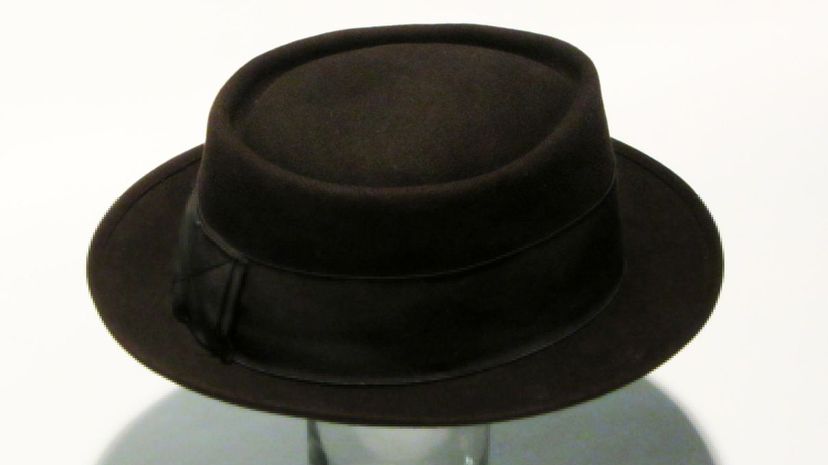
One thing all old pictures have in common is that men — and many women — typically wore hats in public. While hats were starting to fall out of favor slightly by the time the Boomers came along, sales remained brisk through the '60s. This style is known as a porkpie, and you might remember Art Carney donning these hats on the classic series "The Honeymooners."
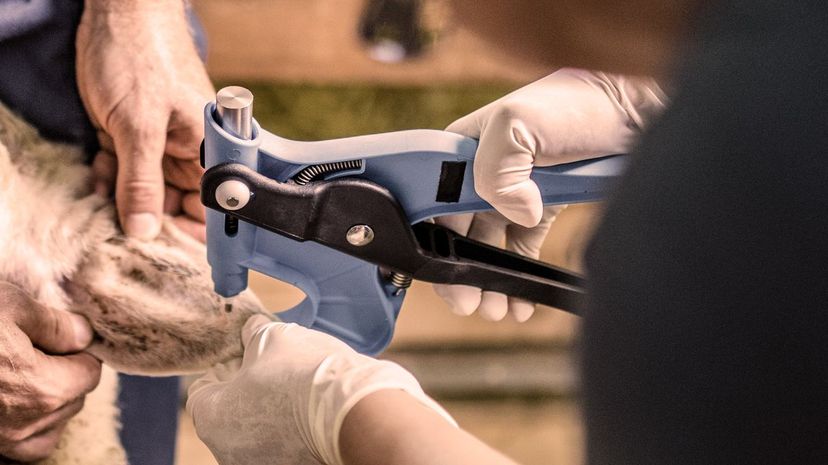
Cornell University estimates that U.S. farms and ranches were home to more than 100 million head of cattle at the start of the '50s. Fortunately, rural stores sold everything required to keep track of all that livestock, including ear taggers like the one in this image.
Advertisement

Baling wire was designed to hold rolls or cubes of hay in neat bundles for storage and transport. Of course, rural folks found plenty of other uses for this strong wire, including mending fences and making other repairs around the farm.
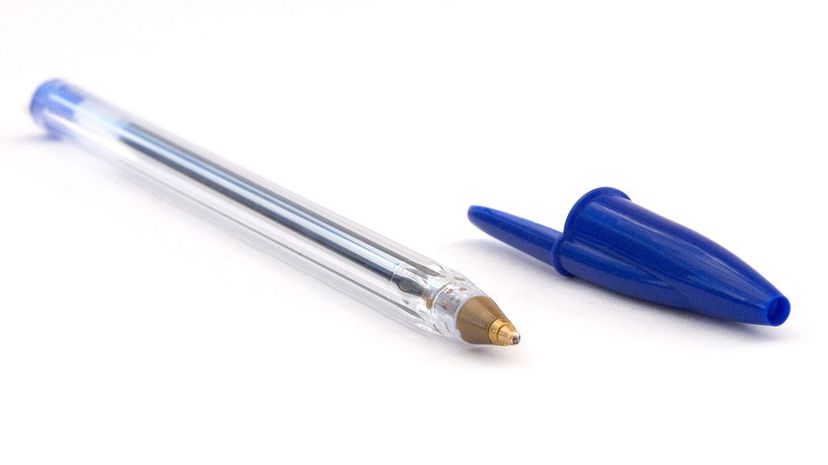
The first patent for a ballpoint pen was issued way back in 1888, but it was BIC that perfected this technology with its uber-popular BIC Cristal. Introduced in the 1950s with a 29 cent price tag, it was a huge seller and sat on general store shelves alongside stationery and other paper goods.
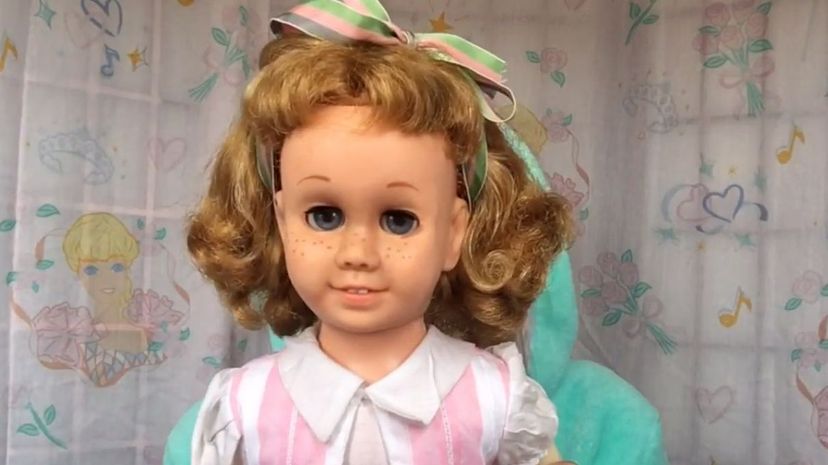
Introduced in 1959, Chatty Cathy came with a pull string that allowed her to speak. Of course, Cathy wasn't the only top-selling toy from the Baby Boomer generation. Kids growing up in the '50s and '60s also played with hula hoops, silly putty, Matchbox cars, Mr. Potato Head and of course, the Slinky.
Advertisement
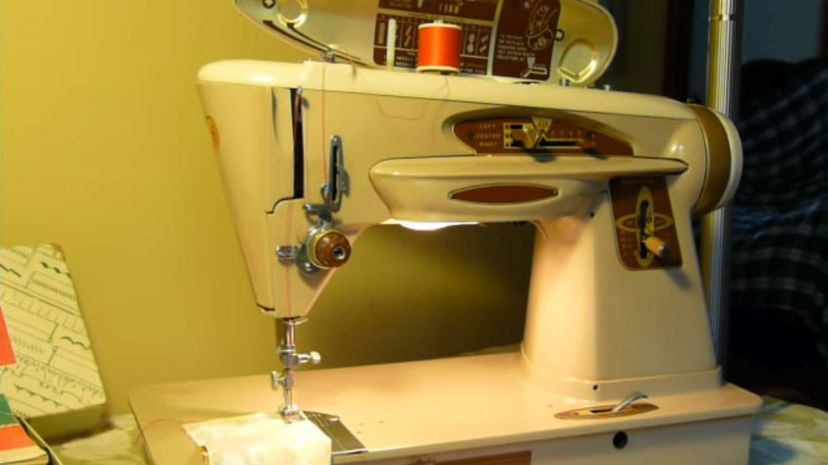
The '50s and '60s are often considered the Golden Age of Sewing, so it's no surprise that Singer sewing machines sold briskly. Popular models of the period included the Slant-O-Matic, Swing Needle Automatic and the Young Budget ... the perfect option for young ladies taking part in the Singer Teenage Sewing Course.
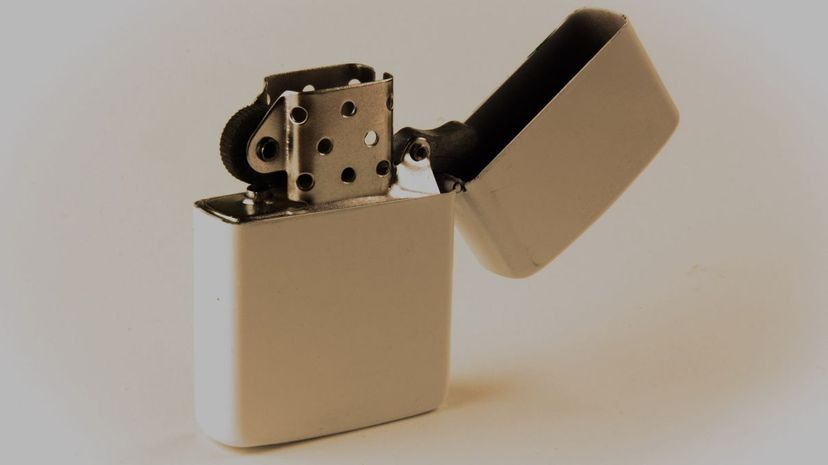
Zippo lighters were so popular in the post-war years that the name was often used as a genericized trademark for any old lighter. True Zippo models came in a brass case and various models could be found everywhere from rural general stores to big-city department stores.
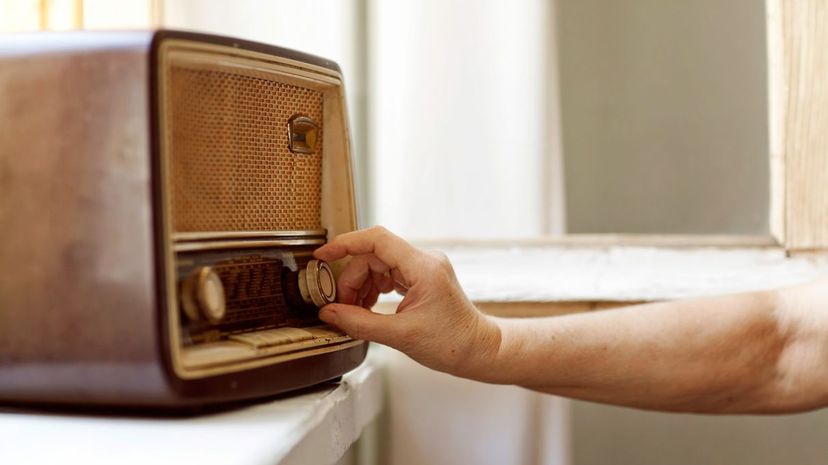
Young Boomers lived through the Golden Age of Radio in the '40s and '50s. Families would gather around this appliance and listen to programs in the post-war years, when only around 1% of families had a television. By 1960, 90% of U.S. homes had a TV, so many radios were used much less frequently.
Advertisement
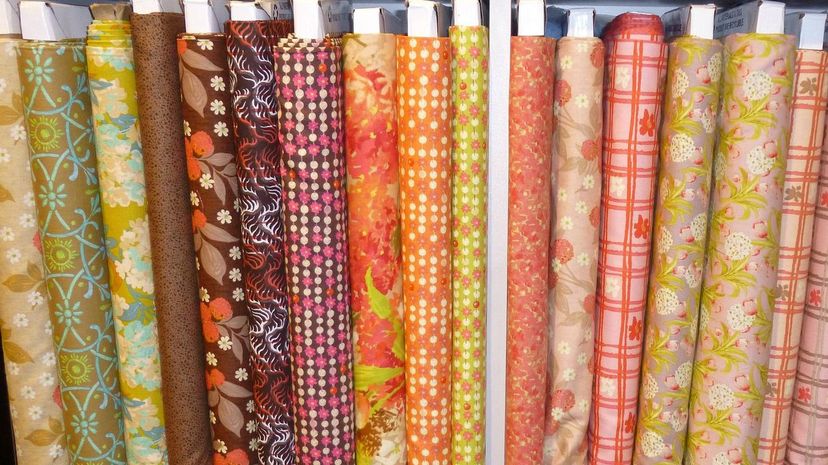
Large rolls of fabric, known as bolts, provided all the material that housewives needed to recreate the "New Look" fashions that were so popular starting in the late '40s. General stores sold fabrics ranging from simple cotton or jersey to higher quality wool, crepe and rayon.
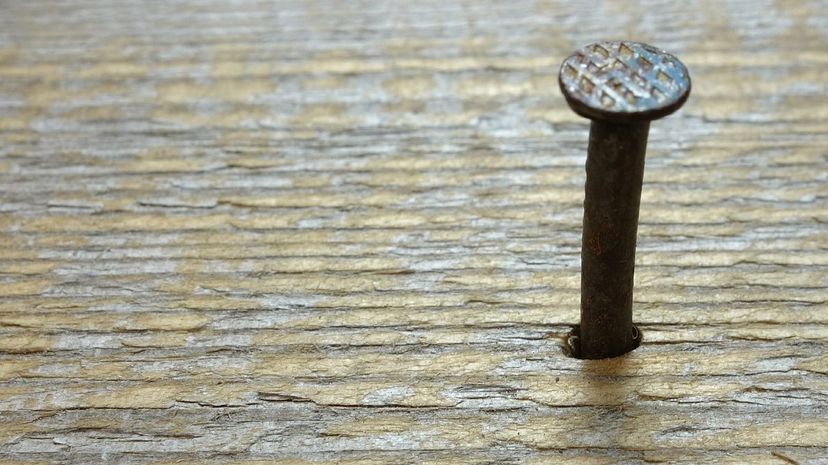
Nails in the U.S. have long been organized and sold by the penny, where the letter "d" represents the pennyweight. A 10d, or 10 penny nail measures 3 inches, while a 2-inch nail is 6d, or 6 penny.

Levi's began making blue jeans for miners way back in the 1880s. By the mid-1900s, Levi's, Lee and Wrangler were some of the top brands of jeans and denim overalls for farmers and other people with dirty jobs. Carhartt workwear, including pants and overalls, were also commonly found in general stores and specialty retailers of the period.
Advertisement
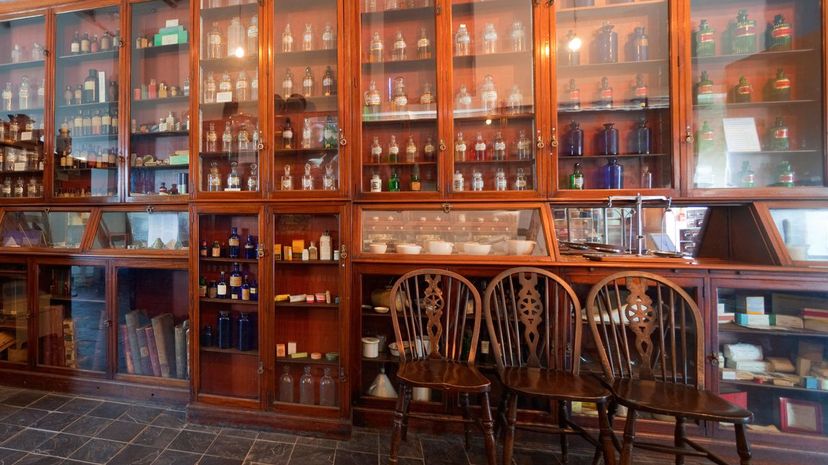
Up until the early 1900s, companies could sell just about anything and claim it cured everything from headaches to cancer. Federal regulations greatly restricted the ingredients in patent medicines — no more cocaine or heroin, for instance — but various potions and elixirs with dubious health benefits still showed up on general store shelves for many decades.